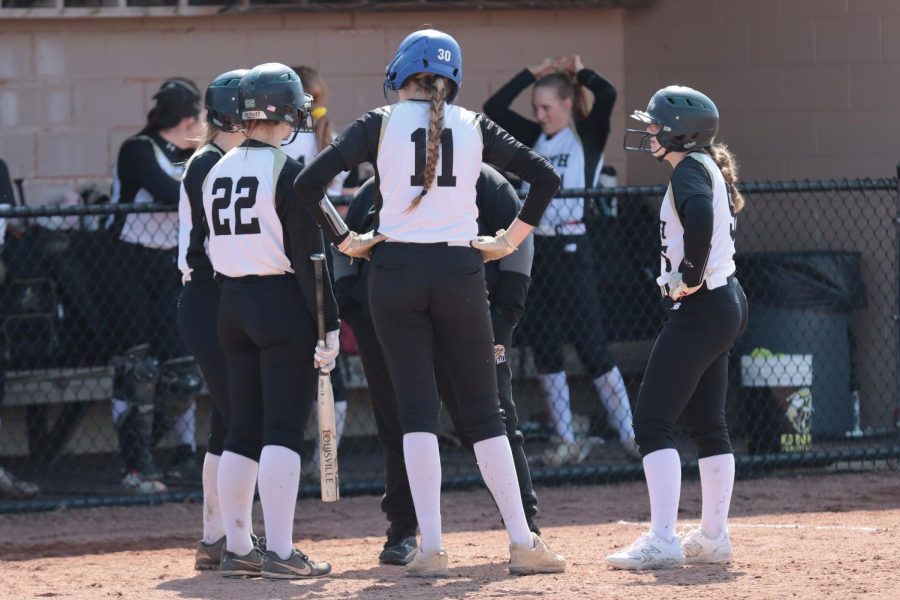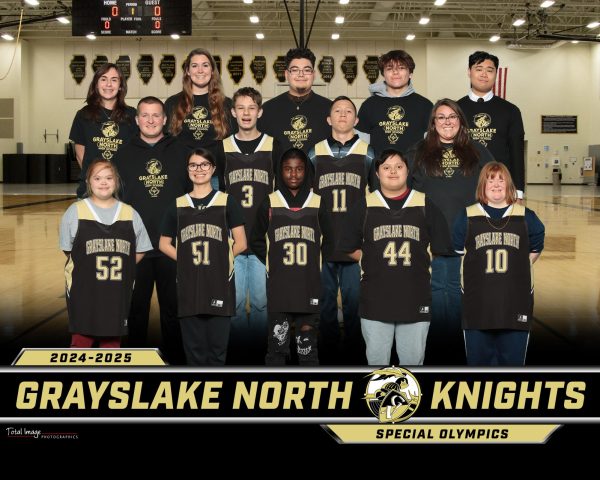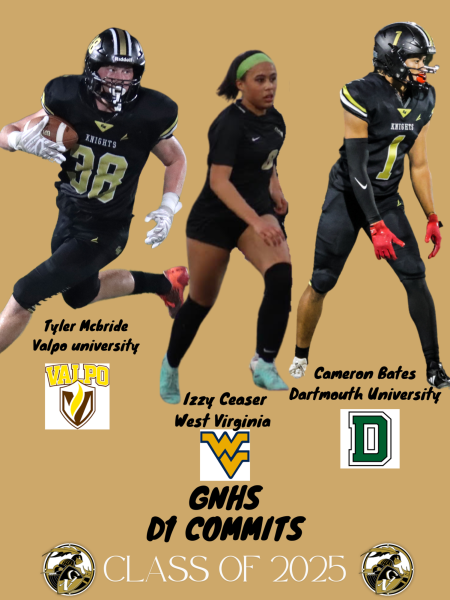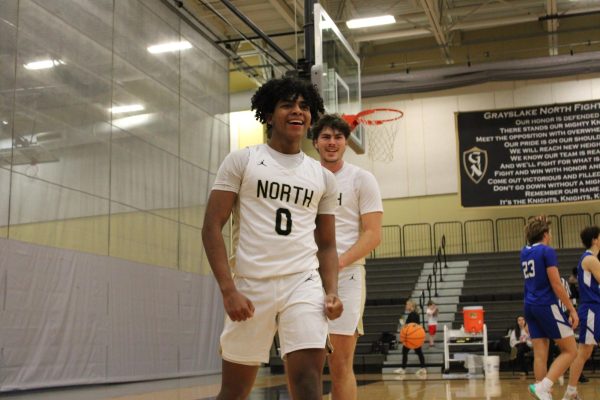Where athletes are committing
While most high school seniors are wrapping up their final season of sports and starting to say goodbye to the sports that they’ve spent years dedicating their lives to, some athletes like Kamila Chwieros, Peyton Gerdes, and Christian Taylor to name a few, have only just started. These athletes have decided to continue their athletic careers into college, whether it be Division I or III.
These students do it for the love of the game, no matter if the game is inside a basketball gym or outside on the track. To commit to a college for athletics is a very big decision and oftentimes a really difficult one because you have to decide on a school for both academics and the sport they will play.
“I wanted to stay active during college, and I’ve always had a great love for the sport I play. And I thought it would be really fun to see my goal through that I had set for myself as a little kid to be playing in college,”said Illinois Wesleyan lacrosse commit Christian Taylor.
“I would like to see what college athletics would be like, and my brother did DI swimming, and I thought it would be cool to do the same and run in college,” said Marquette University track commit Kamila Chwieros.
The process of talking to colleges for these students is not like deciding to attend college for just academics. These student athletes talk with coaches over the phone and email and discuss their grades, life story, what colleges they are looking at, and how they feel when they are on campus. When athletes make visits to schools, the talks are more about what practices and games are like and the money that would go into attending the school.
“The NCAA allows a recruit to make only five visits to Division I schools, limited to one per school. Official visits to DII and DIII schools are also limited to one per school, but there is no limit on total amount of visits,” according to ncsasports.org. This can make things difficult for athletes who are trying to figure out what school to attend.
“It was really stressful, but it was probably the coolest experience I’ve ever been through because it ‘s just opportunities not many people get,” said High Point University basketball commit Peyton Gerdes.
“It was stressful and long because a lot of coaches were a come and go for certain ones, and it just came down to me doing a lot of showcases and talking to the coaches after that and going on constant emails and trips to go visit colleges, and just constant phone calls as well,“ Taylor said.
This year may be more mentally challenging for these commits because there is more pressure for them to perform to their highest potential since they will be playing in college. This can be hard for them since they also have to deal with school and preparations for college.
“A little bit, yeah, just because there’s like certain times that you need for college and to be able to like run in a higher level. I personally want to also get the school record which is a 48.26 (300 hurdles), so
I am hoping for a low 48 and that would help me going on to college,” Chwieros said.
Being an athlete in college means juggling both academics and athletics. According to the NCAA, athletes are only allowed to have 20 hours of in-season practice per week, but there have been reports where athletes have practice up to 30 hours per week. This means less time is available to study or focus on work that a regular student would have. This is the commitment these student athletes are making and could be a difficult thing to adjust to in your first year.
“I obviously am because it’s scary, but I know my team has lot of resources and stuff that will help me figure that out when I get there. I mean if anyone were to go to that school because of how amazing it is,” Gerdes said.
“I am a little nervous because I don’t know how managing the time will be with sports, but from what I’ve heard, I can choose my classes and I will be able to work with my coaches who can work around my time and all that I have,“ Taylor said.
These athletes get to have both the college experience and play the sport that they love in college. While it may be difficult trying to do both school and sports at the collegiate level, these athletes are prepared to take the next step. The excitement that they and their peers feel about being able to become more independent helps with the nervousness that they might be feeling.





